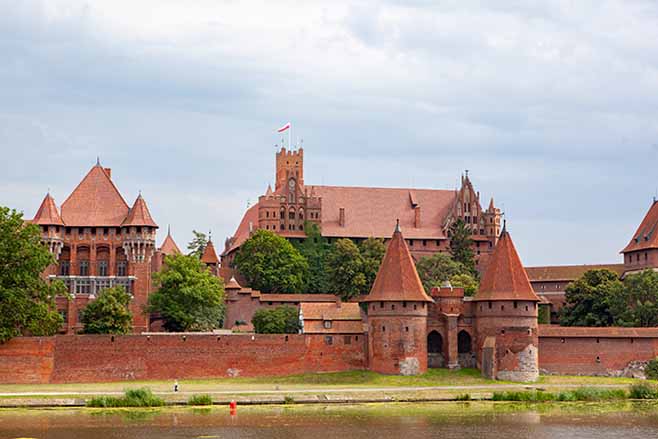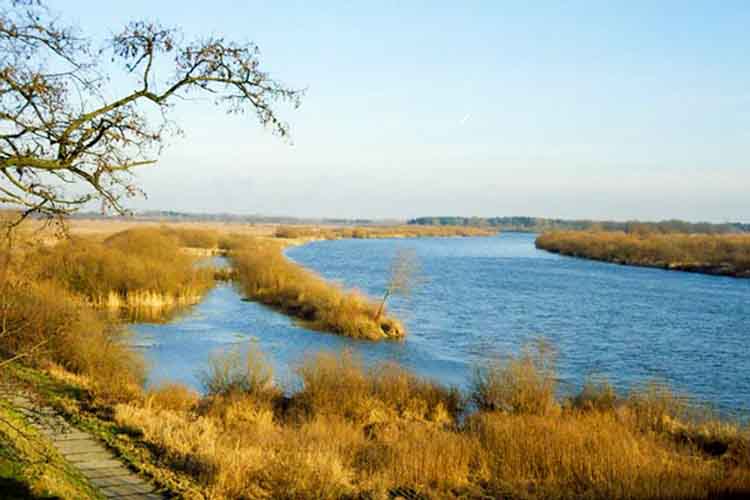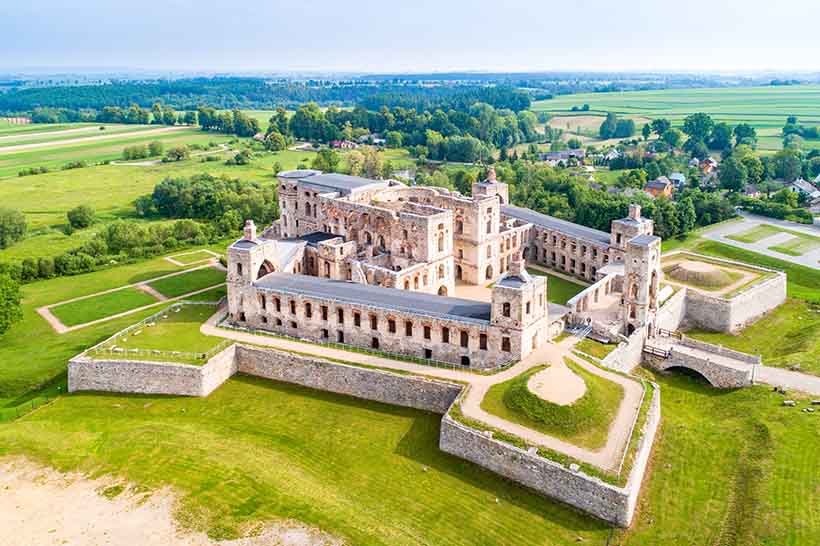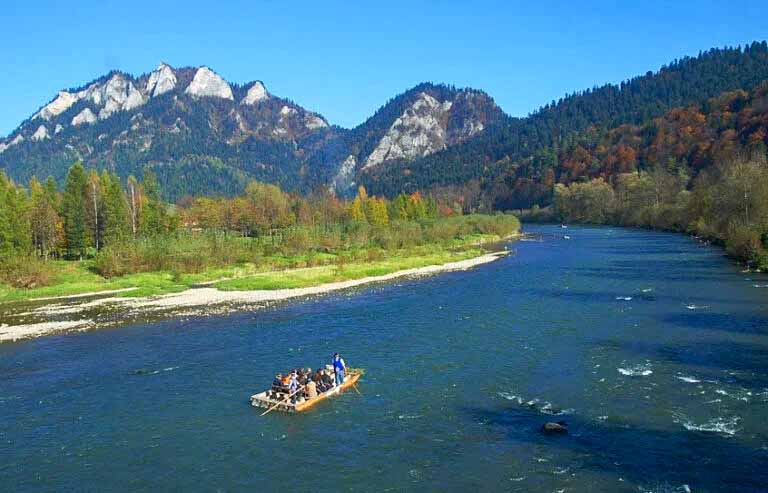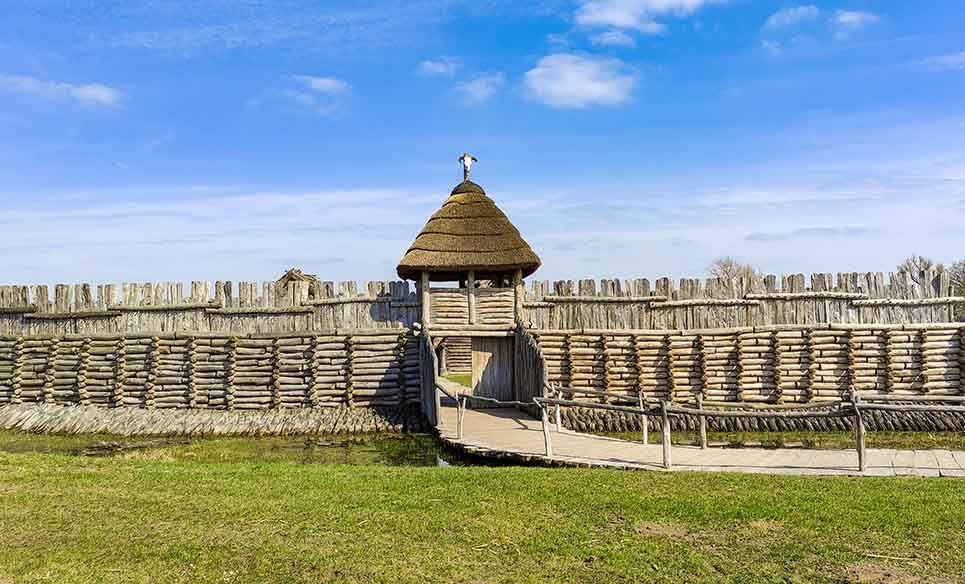Let's start at the beginning. What is this Neolithic Age? Why is it such an important time for human development? The division of human history on Earth was formed at the turn of the 20th century, when archaeologists already had so much data on the history of mankind that they were able to give names to its successive stages. And so, one by one, it began with the Palaeolithic (the older Stone Age, commonly referred to as the Stone Age), when man made use only of what nature offered and led a life of gathering and hunting, following herds of various kinds of animals and setting up short-lived encampments.
Neolith vegins with the emergence of pre-human forms capable of making tools from stone, bone, and wood. The longest epoch in human history, lasting from about 2.6 million to 10,000 years ago. The end of the Palaeolithic was a time of successive glaciations in northern Europe. The next epoch is the Mesolithic (Middle Stone Age), identified only in north-eastern Europe as the climate warmed after the glaciations, which was associated with a change in the species of animals living in the area.
The man continued to eat only what he found and hunted, with little impact on the environment. The Mesolithic is dated to about 10,000–8,000 years ago. The Mesolithic was followed by the Neolithic Age (the younger Stone Age, commonly referred to as the Smoothed Stone Age), dated to about 6-3,900 years ago, when the beginning of our end essentially began (more on that in a moment). This was followed by the Bronze Age, which developed around 3,900 to 0,800 years ago, when people learned to make objects, mainly tools and ornaments, from bronze (an alloy of copper and tin), and finally, the Iron Age, which in historical terms basically continues to this day and whose origins are of course linked to the ability to make objects from iron.
Let us go back to the Neolithic Age. At school, they taught us that the greatest changes in the history of mankind were brought about by the Industrial Revolution in the 19th century, a time of the use of steam engines that required large amounts of wood and coal, which began to lead to environmental degradation. Nothing could be further from the truth.
The beginning of environmental degradation began precisely with the Neolithic Revolution, otherwise known as the agricultural revolution. This one, which influenced the accelerated rate of development in Europe, began in the Middle East, in the area of the so-called Fertile Crescent (today's Turkey, Lebanon, and Israel), about 10,000 years ago. It was there that people 'invented' agriculture. With wild cereals (the original wheat species) and wild animals (the ancestors of today's sheep and goats) at his disposal, man domesticated them. So he began to produce food and no longer relied solely on what he found and hunted, although gathering and hunting still played a large part.
If we produce food, we slowly start to accumulate surpluses. We have to live a more sedentary lifestyle because we have crops to look after, and as we start to live in 'prosperity' because we are provided with food on a daily basis, there are more and more of us, and thus we need more and more land to grow crops, raise animals, and live on.
Interference with the ecosystem
We also began to transform the environment on an increasing scale. About 6 000 years ago, after successive stages of expansion through the Greek islands and the Danube area (fertile soils suitable for cultivation), these first farmers, crossing the Carpathian passes, arrived in the Polish lands and, slowly displacing the nomadic peoples (gatherers and hunters), conquered successive areas for their settlement. This is how they reached the Swietokrzyskie Mountains, where they discovered a priceless treasure for them: striped flint, found only here, a stone not only of unparalleled beauty (to this day, beautiful jewellery is made from it, which is valued the world over), but also very useful for making tools necessary for farming and acquiring new land for cultivation - clearing forests.
Palaeolithic and Mesolithic people made tools (arrowheads and javelins, various types of scrapers for handling meat and skins of hunted animals) from so-called erratic flint, brought by glaciers from the far north, a split stone but very brittle and found in the form of small stones (so-called 'swallow bread').

Krzemionki Archeological Preserve (Source: Wikipedia)
In the area of today's Opatow Silica, people found flint in the limestone deposits in the form of huge balls, which could be used to make tools that were very durable and long-lasting; moreover, both the flint itself and the tools made from it were an object of barter at the time, as they are found during archaeological research in areas very far from their place of origin (including northern Poland, the Czech Republic, Slovakia, Ukraine, Germany, and Lithuania).
Initially, the flint balls were found on the surface, but with time, people had to start digging small shafts at first and then reaching far below the surface for the valuable raw material. Thus the underground striped flint mine Opatow Silica was created, with a radial network of galleries with approx. 3,000 shafts, which in some places were up to 9 m deep. The mine was mined almost continuously for 2,300 years, until the beginning of the Bronze Age, which shows how valuable the raw material was at that time.
Opatow Silica - flint mining
After mining ceased in the early Bronze Age, the mine area became overgrown with forests, the memory of the mine faded, and flint on such a large scale ceased to be a basic material for making tools. It was only at the beginning of the 20th century, in 1922, after the area had been deforested, that geologist Jan Samsonowicz discovered the relics of the mine. Slowly, such a valuable finding began to be investigated by archaeologists, who discovered many valuable remains in Opatow Silica as well as in the immediate vicinity, proving how important this place was in the distant past.
In the mine shafts and corridors, remnants of wooden constructions were found - pillars and stamps for supporting the rock mass, as well as tools made of bone, antler, and wood, which were used to extract huge lumps of flint from the limestone seam. The excavation corridors were small in size; they were less than a metre wide and ranged in height from 0.6 to 1.2 metres.
Imagine, then, how great an effort it was those thousands of years ago to extract large flint balls from under the ground, on top of which the only lighting used in the corridors of the Opatow Silica mine was an arc made from tarred wood. In several places, charcoal drawings have been preserved on the walls of the corridors. Shack structures were built over the active shafts to protect the mine entrances from rain and snow.
Although we have no direct evidence of this, it is believed that flint mining must have been carried out by specialised groups in the communities of the time. The first selection of flint balls took place immediately after extraction, and they were also pre-processed on-site. Around the mining areas, relics of many settlements have been discovered, closely associated with the functioning of the Opatow Silica mine.
In 1994, the Opatow Silica mines were declared a Monument of History by order of the President of the Republic of Poland, and in 2019, it was decided to include the Krzemionka Prehistoric Striped Flint Mining Region on the UNESCO World Heritage List.
In the Archaeological Museum, set up next to the mine complex, visitors can learn about the results of archaeological research and see how the site functioned in the Neolithic era. Some corridors of the mine are also open to the public, where you can admire prehistoric drawings on the walls.
However, there must always be a catch... The large-scale exploitation of limestone deposits in Ruda Koscielna, just 150 metres from the border of the archaeological site, poses a major threat to the site, which could result in losing its important position on the World Heritage List.







